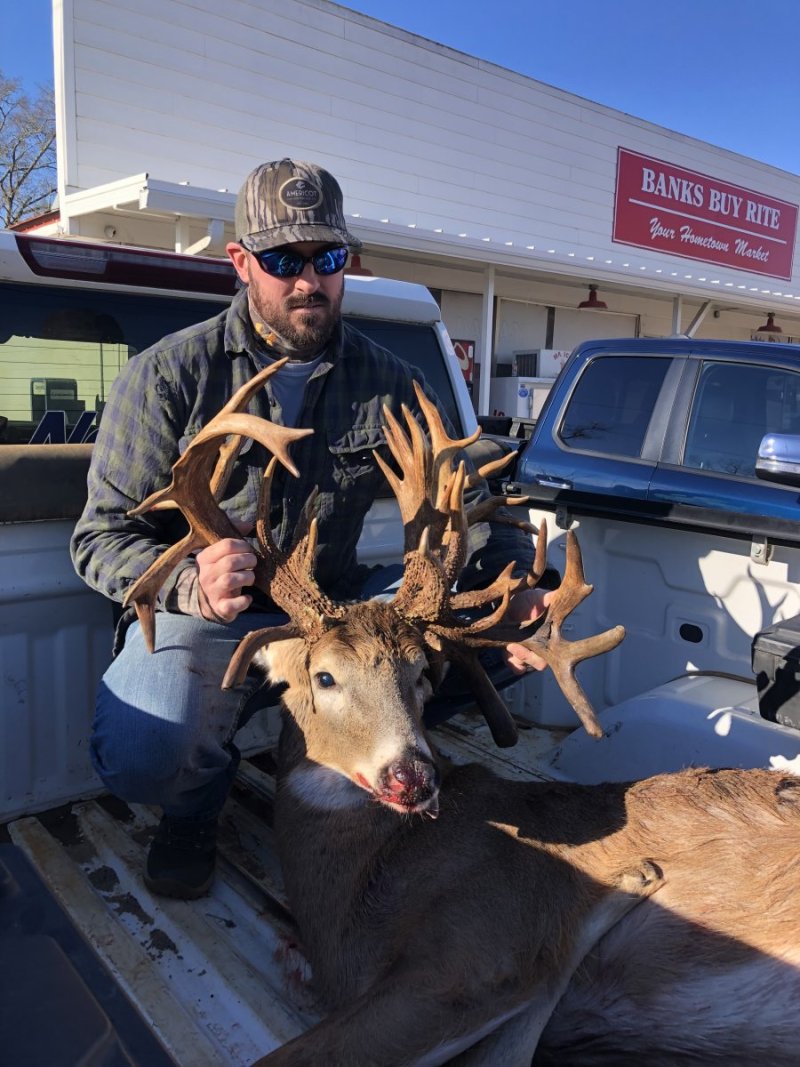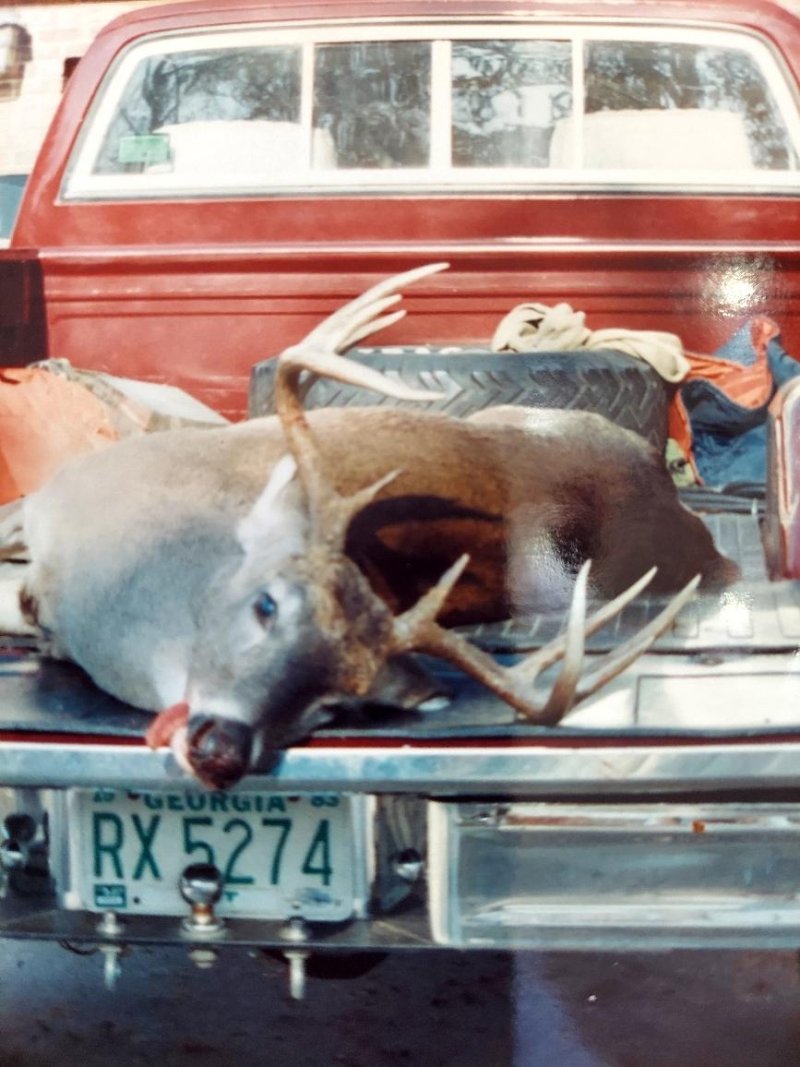In 1860 Captain Richard King went to South Texas and started a scientific upbreeding experiement, using only the biggest and healthiest bulls to breed cattle. The result of which became the Gertruids breed of cattle, the first recognized new breed of beef cattle in America. Today the King Ranch spans 146,000 acres and is the largest and most progressive cattle and horse ranch in America.
It causes me to wonder if we implemented a program in Georgia for a 3 or 4 year period where we allowed One buck and 2 does per year. The buck would have to be 8 points or less leaving the biggest and healthiest buck to breed. I wonder what our deer herd would be like in 4 years? I also wonder why anyone needs a 10 doe bag limit when Coyote predition and over harvesting is now an apparant cause of a reduced deer population. The DNR's answer is fewer doe days. Does that mean that the greedy hunters will just kill 10 days on fewer days than before? It causes me to speculate that perhaps the wrong people are making these decisions that affect all of us serious and consequential hunters.
Just my two cents!
It causes me to wonder if we implemented a program in Georgia for a 3 or 4 year period where we allowed One buck and 2 does per year. The buck would have to be 8 points or less leaving the biggest and healthiest buck to breed. I wonder what our deer herd would be like in 4 years? I also wonder why anyone needs a 10 doe bag limit when Coyote predition and over harvesting is now an apparant cause of a reduced deer population. The DNR's answer is fewer doe days. Does that mean that the greedy hunters will just kill 10 days on fewer days than before? It causes me to speculate that perhaps the wrong people are making these decisions that affect all of us serious and consequential hunters.
Just my two cents!









